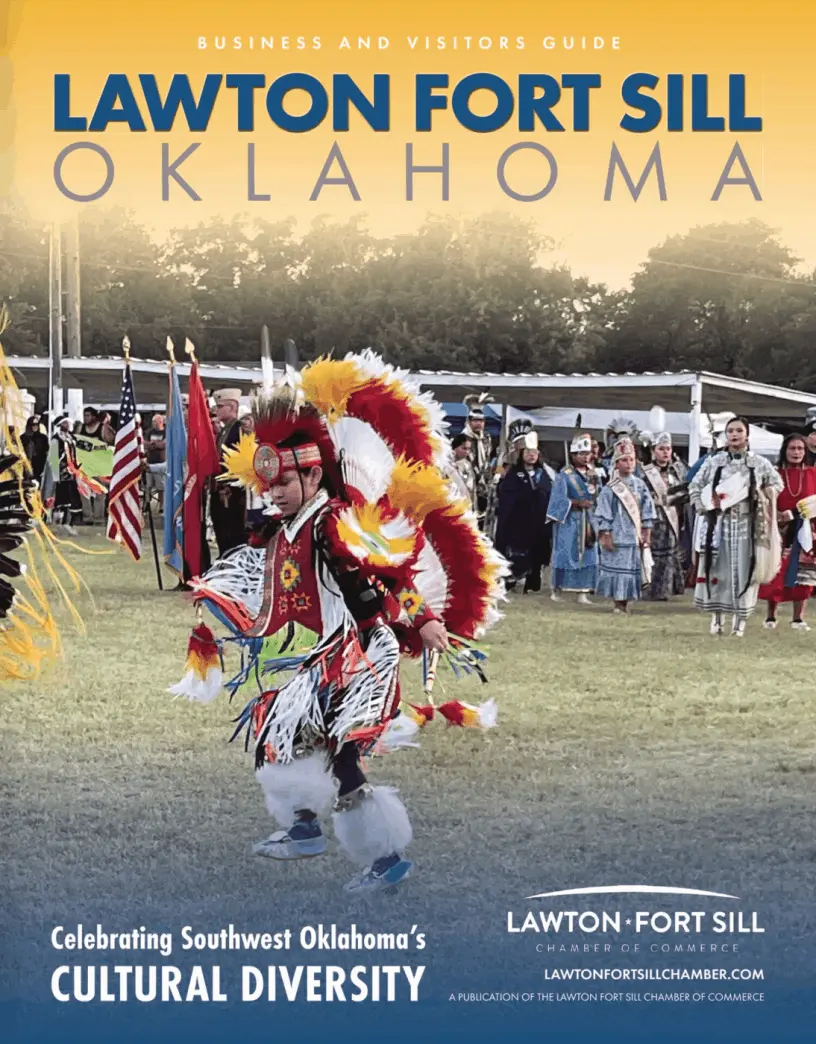Population & Demographics: Understanding Our Diverse Community
The Lawton Metropolitan Statistical Area (MSA), which encompasses Comanche and Cotton counties, boasts a population of approximately 127,000 residents, with the city of Lawton itself home to roughly 93,000 people. The city's unique connection to Fort Sill and its role as a regional hub has cultivated one of Oklahoma's most diverse communities, enriched by military families from across the nation and around the world.
The demographic makeup of Lawton reflects its military heritage and multicultural character. The population consists of approximately 53% White, 19% African American, 6% Native American, 2.5% Asian, 13% Hispanic or Latino, and 12% identifying as two or more races. This diversity is celebrated throughout the year at events such as the International Festival, held annually at Elmer Thomas Park, which showcases the cultures, cuisines, and traditions of more than 30 different nationalities represented in the community.
The linguistic landscape of Lawton is equally diverse, with over 40 different languages spoken throughout the community. Beyond English, commonly spoken languages include Spanish, Korean, German, and Vietnamese, reflecting both the military population and the city's growing international community. This linguistic diversity has fostered a welcoming environment for medical professionals from varied backgrounds.
The median age in Lawton is 30.5 years, significantly lower than the national average, indicating a young, dynamic population. This youthful demographic is partially attributed to the military presence and Cameron University's student population. The median household income stands at approximately $48,000, with many families benefiting from stable military and government employment as well as growing opportunities in the private sector.
The employment landscape in Lawton offers diverse opportunities for physician spouses and family members. Major employers beyond Fort Sill include Comanche County Memorial Hospital, Southwestern Medical Center, Goodyear Tire & Rubber Company, and Cameron University. The healthcare sector is particularly robust, employing over 5,000 people in various capacities. Technology and defense contractors also maintain a strong presence, with companies like BAE Systems and Northrop Grumman offering high-skilled positions.
The professional sector continues to expand, with growing opportunities in education, finance, and business services. The Lawton-Fort Sill Economic Development Corporation actively works to attract new businesses and industries to the area, creating additional employment opportunities. Healthcare professionals' spouses often find opportunities in healthcare administration, education at Cameron University, or within the numerous government contractors supporting Fort Sill.
For those interested in entrepreneurship, Lawton's Small Business Development Center provides resources and support for starting and growing businesses. The city's relatively low cost of living and business-friendly environment have made it an attractive location for small business development, particularly in sectors supporting the healthcare industry and military community.
